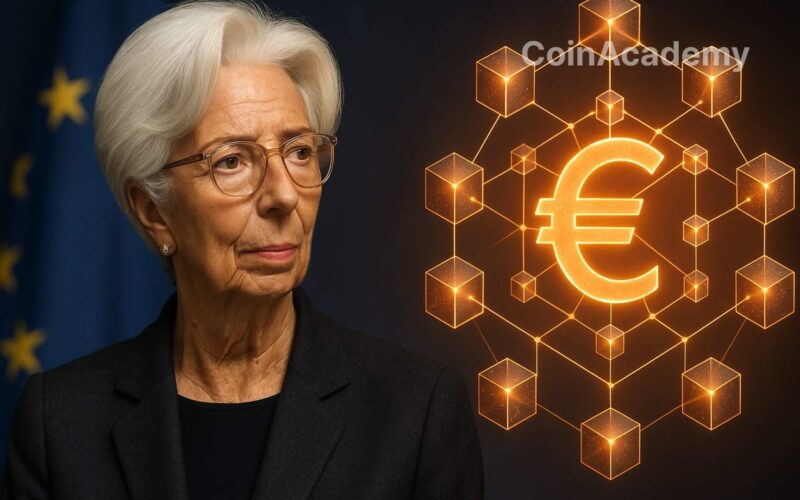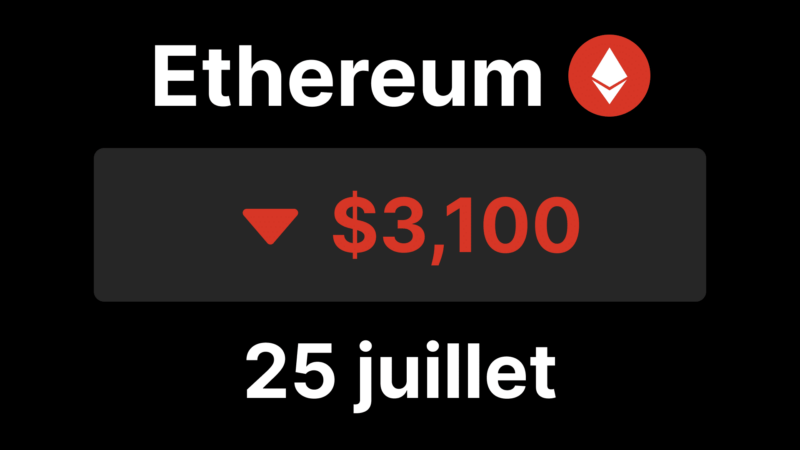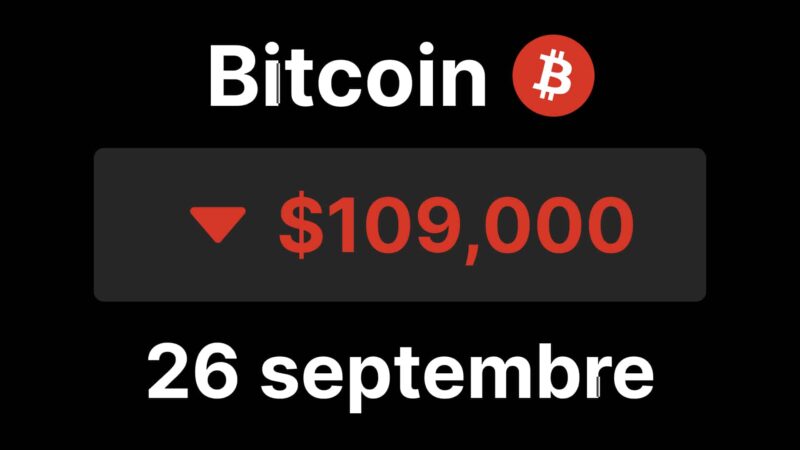The ECB launches two major projects, Pontes and Appia, to integrate blockchain (DLT) into the euro area’s monetary infrastructures.
Paving the Way Between Euro and Blockchain
The European Central Bank has taken a symbolic and strategic step by endorsing two ambitious projects around blockchain. With this move, the ECB is embracing its ambition to fully integrate Distributed Ledger Technology (DLT) into the core of the euro area’s monetary infrastructure. This shift could potentially transform European markets.
The first project, Pontes, is a short-term initiative connecting DLT platforms to the current settlement services of the TARGET system. In simple terms, it will enable transactions conducted on blockchain to be settled directly in euros through traditional ECB channels.
The pilot launch for this project is scheduled for the third quarter of 2026. The goal is to test this bridge between the traditional banking world and decentralized rails in real-world conditions. If successful, institutional payment processing could be streamlined, faster, less costly, and more secure.
The Eurosystème will continue to actively analyze DLT-based solutions and collaborate with public and private actors.
Appia: The Long-Term Vision
However, Europe aims for more than just temporary fixes. With Appia, the ECB foresees a broader overhaul of its financial infrastructures. This second program aims to facilitate cross-border operations, explore native DLT solutions, and analyze their direct integration on a global scale.
The rationale is clear: to keep pace with market evolution while upholding security, reliability, and efficiency standards. The ECB does not want to only follow innovation; it intends to shape it.
Why This is a Strategic Turning Point
Since 2024, the ECB has conducted numerous tests on wholesale CBDC (central bank digital currency) to observe its circulation on decentralized networks. These experiments, carried out between May and November 2024, clearly demonstrated that DLT could reduce costs, mitigate credit risks, and expedite transaction settlements.
In essence, the promises of blockchain are no longer mere hypotheses for European central bankers; they are becoming a roadmap.
In Response to Global Pressure
Central banks worldwide are accelerating their focus on this topic. Hong Kong, Singapore, and even the Fed are testing DLT settlement systems. Europe cannot afford to stand on the sidelines.
With Pontes and Appia, the ECB is equipping itself to navigate this turning point successfully. The key question now is whether these projects will emerge as true standards of a blockchain-compatible euro.




